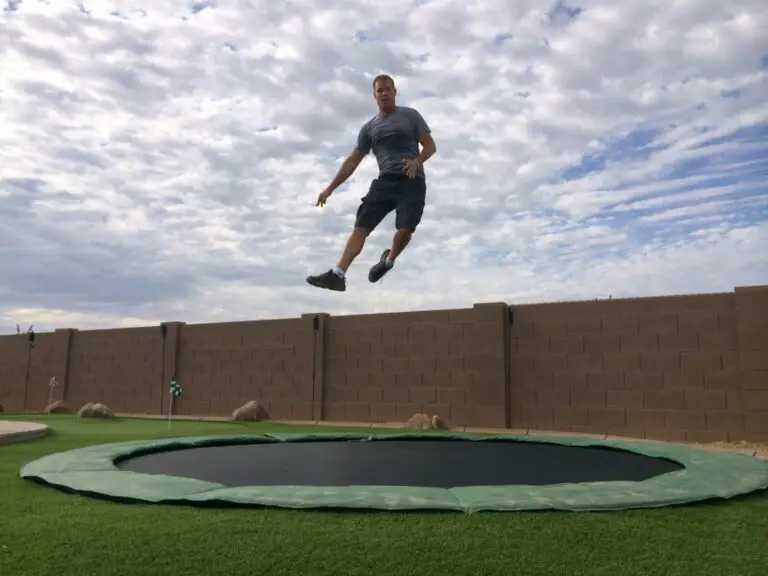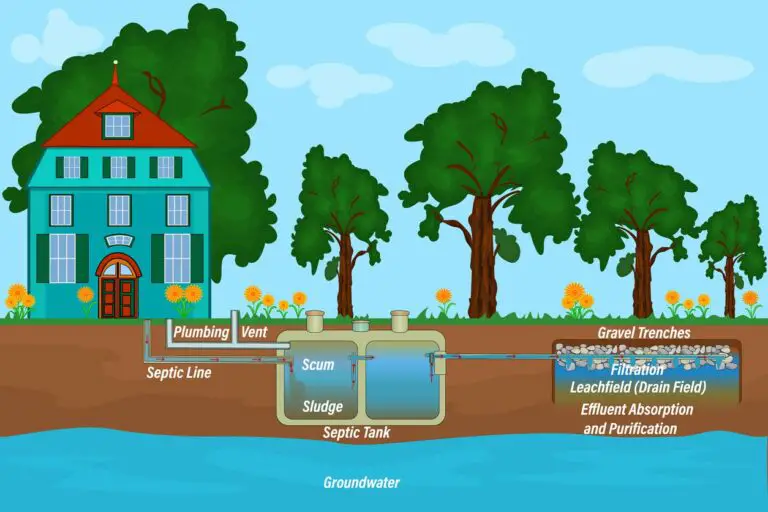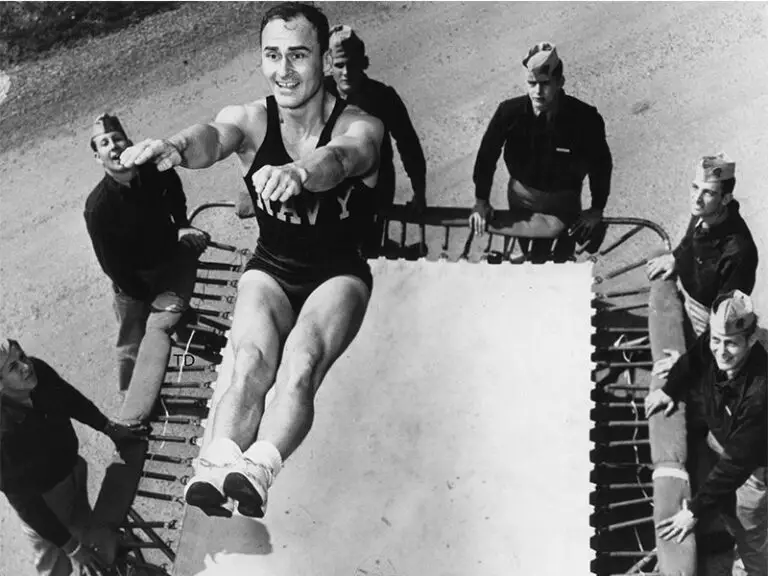If you’re a homeowner, you know how important it is to have the right insurance coverage in place to protect your home and its contents. But what about the fun stuff in your backyard, like a trampoline? While trampolines can provide hours of entertainment for kids and adults alike, they can also pose risks for accidents and damage. So, you might be wondering: does homeowners insurance go up with a trampoline?
Factors that can affect homeowners insurance premiums:
There are a number of factors that can influence homeowners insurance premiums. These include the age and condition of the home, the location of the property, the value of the home and its contents, and the risk of natural disasters or crime. For example, if you live in an area prone to earthquakes, your premiums may be higher to reflect the added risk. Similarly, if your home is older and in need of more maintenance or repair, your premiums may be higher to cover the potential costs.
The impact of a trampoline on homeowners insurance premiums:
So, how does a trampoline fit into this equation? Trampolines can pose a number of risks to homeowners, including the risk of injury to users or damage to the trampoline or surrounding property. For example, if a trampoline user falls off and gets hurt, the homeowner may be held liable for their injuries. Similarly, if the trampoline itself becomes damaged or causes damage to the surrounding property, the homeowner may be responsible for paying for repairs.
Insurance companies take these risks into consideration when determining premiums. Some may view trampolines as a liability and may factor this into their risk assessment, which could lead to higher premiums. However, the extent to which a trampoline will affect your premiums will depend on the specific insurance company and their policies. It’s worth noting that some insurance companies may not cover trampoline-related accidents or damage at all, so it’s important to review your policy carefully and ask your insurance agent about any potential exclusions.
Options for insuring a trampoline:
If you’re a homeowner with a trampoline, you may be wondering what your options are for insuring it. One option is to add it to your existing homeowners insurance policy. This can be a convenient choice, as it allows you to cover your trampoline under the same policy as your home and its contents. However, it’s worth noting that some insurance companies may not allow you to add a trampoline to your policy, or may charge an additional premium for the added coverage.
Another option is to purchase separate trampoline insurance. This type of insurance is specifically designed to cover trampolines and the risks associated with them. It can provide added protection in the event of an accident or damage, and may be a good choice for homeowners who are unable to add a trampoline to their existing policy. However, it’s important to shop around and compare policies to find the right coverage for your needs and budget.
Tips for reducing the risk of accidents or damage from a trampoline:
If you’re a homeowner with a trampoline, there are steps you can take to reduce the risk of accidents or damage. These include proper maintenance and supervision, setting rules for use, and ensuring that the trampoline is used safely and responsibly. For example, you should regularly inspect the trampoline for any signs of wear or damage, and make any necessary repairs promptly. You should also supervise trampoline use, especially when children are involved, to ensure that users are following safe practices and not engaging in risky behavior.
In addition, it’s important to set clear rules for trampoline use, such as limiting the number of users at a time, requiring proper footwear, and prohibiting certain activities, such as flips or somersaults. By establishing these rules and enforcing them consistently, you can help reduce the risk of accidents or damage from your trampoline.
Finally, it’s important to take precautions to protect the surrounding area from potential damage. This may include installing a protective net or pad around the trampoline, or placing it in an area that is clear of trees or other objects that could be damaged in the event of an accident. By taking these steps, you can help ensure that your trampoline is used safely and responsibly, and reduce the risk of accidents or damage.
Alternatives to trampolines:
If you’re a homeowner looking for ways to have fun in your backyard without the risk of a trampoline, there are plenty of alternatives to consider. Swings, slides, and sports equipment can provide hours of entertainment without the same level of risk. For example, a basketball hoop or soccer goal can provide a fun and safe activity for kids and adults alike.
It’s worth noting that these alternatives may still pose some risk, and you should take steps to reduce that risk as much as possible. For example, you should ensure that sports equipment is properly installed and maintained, and that it is used safely and responsibly.
The impact of trampoline use on homeowners insurance claims
If you’re a homeowner with a trampoline, it’s important to be aware of how trampoline use may affect your homeowners insurance claims. In the event of a trampoline-related accident or damage, you may need to file a claim with your insurance company. However, it’s worth noting that not all insurance policies cover trampoline-related accidents or damage. Some may exclude this type of coverage entirely, while others may have limits or exclusions that apply.
If you’re unsure whether your policy covers trampoline-related accidents or damage, it’s important to review your policy carefully and ask your insurance agent for clarification. They can help you understand what is and isn’t covered, and can advise you on what to do in the event of a trampoline-related claim.
Conclusion:
The impact of a trampoline on homeowners insurance premiums will depend on a variety of factors, including the specific insurance company and their policies. Some insurance companies may view trampolines as a liability and may charge higher premiums to cover the added risk. Others may exclude trampoline-related accidents or damage from coverage entirely.
If you’re a homeowner with a trampoline, it’s important to review your insurance policy carefully and ask your insurance agent about any potential exclusions or limitations. You may also want to consider purchasing separate trampoline insurance or exploring alternative options for backyard fun that may be less risky. By taking the time to understand your insurance coverage and reduce the risk of accidents or damage, you can enjoy your trampoline with peace of mind.






